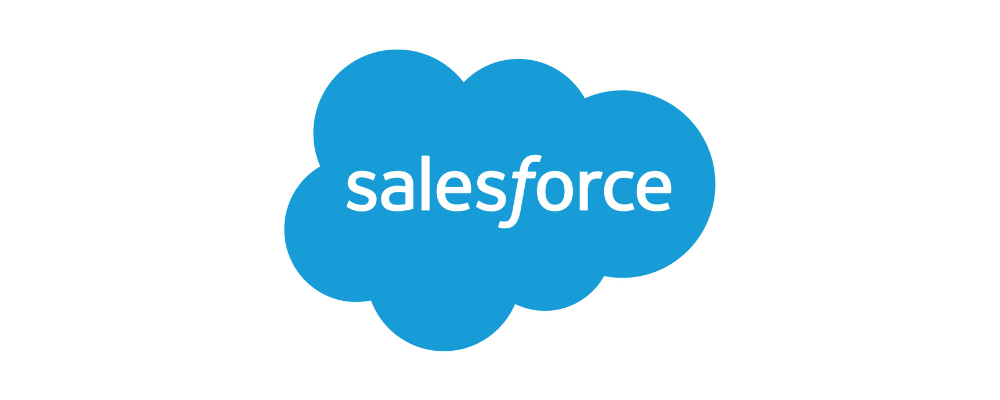She fit our buyer persona to a tee — or so it seemed. She was an HR leader with a $100k problem: trying to grow and keep her people. I was a partner at Dale Carnegie with a training program that had the answer.
But five minutes into our first call, I knew it was a bust. She wanted a lunch-and-learn when what she needed was a development program. She spoke about activities and topics instead of outcomes and goals. She didn’t believe in training, and she never would.
The experience made me realize that buyer personas often stop before the good stuff. They say things like: “Marketer Mary likes to exercise and has a cat.” That’s cute, but you have to go deeper than the demographic data (like titles and hobbies) and get to the psychological core.
Who is your ideal customer at the very base of their belief system? What do they wake up thinking about? What makes them excited or scared? Create buyer personas that help you quickly understand the answers, so you can focus on the right customers and grab them with stories that resonate and sell. Here’s how.
What is a buyer persona?
A buyer persona is a description of your ideal customer. It provides demographic traits like role and company, and psychological traits like motivations and challenges. Sellers create buyer personas using data, research, and interviews and use them to determine whether a customer is the right fit for their offering.
Another type of buyer persona is an antipersona, also known as a negative buyer persona. This describes personas who aren’t great fits for your solution, which means they’re more likely to be difficult to work with, end the relationship early, or not buy altogether. An antipersona will list traits like roles, industries, and mindsets that indicate a poor fit.
Why buyer personas are important: key benefits
It’s not your job to convince the customer to say yes. It’s your job to find a customer who’s a great fit, so much so that “yes” is the most natural thing in the world. A buyer persona helps you get laser-targeted on the right customers, increasing your chances of closing deals fast.
You’ll know your buyer personas are working if you’re getting better results with the same amount of work — whether it’s booking more meetings with the same amount of outreach, or closing more deals out of the same number of conversations.
How to create a buyer persona, step by step (with examples)
Create buyer personas from the outside in. First, use data and research to fill in traits you might see on a resume. Then, use interviews to go deeper into the psyches of your target customers to discover the things they care about most.
Here are the steps to create a buyer persona and put it into use.
1. Use data and research to fill in their demographic traits
A buyer persona should begin with the basic work-life characteristics of your ideal customer, also known as demographic traits. Knowing these traits makes it a lot easier to wade through an ocean of leads and identify which prospects to focus on, and which to rule out. (Keep in mind, however, that leaning too much on demographic data might rule out great potential customers who come from diverse and underrepresented backgrounds.)
Here’s a starter list of traits to look for:
- Title and role
- Company size
- Industry
- Region
- Job history
- Education
- Community groups
Begin by using research and data to fill in the outline of your ideal customer. If you already have a sales plan, which gives you a blueprint for hitting your revenue targets, then start there. You also have useful data in your customer relationship management (CRM) system, which provides demographic information on past customers.
From there, round out your understanding with research. Look through company presentations and customer stories, and go online to search for additional information. For example, you might track down buyer personas that other companies have created, and search for target customer titles on LinkedIn and in analyst reports.
Let’s imagine that your buyer persona is the Chief Revenue Officer (CRO). After digging into your data and doing research, you might discover that a lot of CROs have about 15 years of experience, hold a bachelor’s degree, and came up through sales leadership.
To anchor your imagination and bring your buyer persona to life, let’s give it a name: CRO Melissa.
2. Use research and surveys to understand their job descriptions
Now it’s time to understand the daily work of your buyer persona. You’re on a mission to discover the elements of their job description so you can speak more intelligently to their goals. These elements include:
- Responsibilities
- How do they define success
- Skills required for success
Searching through job listings is one great way to discover this information. You can also send surveys to current customers with this role. If you don’t have any, consider sending surveys to targets who fit your existing demographic data, offering them an incentive for participating.
Using the CRO example, you might reach out to CRO customers and targets, reframe the categories above as questions, and ask them to list their top responses. For example: “What are your top two job responsibilities?”
3. Use interviews to understand their psychology
Now’s the time to get even more personal, and discover your buyer persona’s underlying drivers so you can attract them with relevant, personal messages. You’re on a mission to discover:
- Methods of learning
- Motivations
- Challenges
It’s time to go to the source. Actually, there are two sources: subject matter experts who know this persona inside and out, and target customers themselves. Schedule interviews with product people and sellers from within your company who can tell you the kinds of people who are the best fit for your offering. Then, find a group of customers who are willing to sit down with you for a conversation.
You’d be surprised at how many of your customers are happy to chat. Who doesn’t love talking about themselves and giving opinions? If your base of customers isn’t large enough, or if you’re having trouble getting people to agree to chat, then expand your search to include prospects.
Draft questions that touch on the three bullets above, and keep them brief. Consider including polls in your interview as well, so you can group responses into data points. If you have a large enough number of respondents, group them based on categories like industry, geography, and seniority so you can find similarities and nuances within each group.
Using the CRO example, you might discover that revenue leaders are motivated by holistic growth — not just sales growth, but growth in people, channels, and products, as well. You’d also discover that this is one of the most high-pressure jobs in the C-suite, and it takes a certain kind of person to withstand that pressure and keep going.
4. Create a buyer persona that’s easy to reference
A buyer persona brings all your valuable research together into one place so you can reference it while prospecting and selling. Often, the buyer persona is organized like an infographic, with insights and bullets that you can easily skim. Other companies expand their buyer personas into presentations with multiple slides so they can expand on their research in greater detail. Whatever format you choose, make it consistent across all the buyer personas in your company so sellers can quickly find the information they need.
Here’s an example of a buyer persona for CRO Melissa:
| Responsibilities |
|---|
| • Hit revenue targets |
| • Grow and mentor talent |
| Skills required for success |
| • Calm under pressure |
| • Ability to collaborate with other executives |
| Methods of learning |
| • Conversations with peers |
| • Industry content like analyst reports |
| Motivations |
| • Holistic company growth |
| • Personal Recognition |
| Challenges |
| • Getting buy-in from executives |
| • Retaining talent |
5. Use buyer personas early and often, and update them as you go
Now that you have your buyer persona, don’t let it collect dust on a shelf. Put it into use. Make buyer personas a part of your sales enablement program, and pull them up before every customer interaction, from email outreach to calls and meetings.
Be sure to revisit your buyer personas periodically, especially when there are shifts in your business or new veins of customers coming up. That way they’ll remain relevant and valuable.
Don’t forget to loop in other teams as soon as your buyer personas are ready. For example, the product team can use buyer personas to ask follow-up questions, and the marketing team can use them to test new messages in advertising or gauge interest in a new event.
If the shoe fits, sell it
A buyer persona gives us permission to keep looking until we’ve found the right fit and the clarity we need to know when we’ve found it.
Imagine you have CRO Melissa in front of you for the first time. Let’s say you’re selling software that requires someone to understand the value of connecting systems. (*Ahem.*) Then the prospect starts talking about how they’re stressed out, and just need a single-function tool for a quick fix. It’s not a match.
You know what to do. It’s the same thing Prince Charming did when that stepsister couldn’t jam her foot in the shoe, no matter how hard she tried. You move on until you’ve found The One.
“Salesforce Inc. is an American cloud-based software company headquartered in San Francisco, California. It provides customer relationship management software and applications focused on sales, customer service, marketing automation, e-commerce, analytics, and application development.”
Please visit the firm link to site



